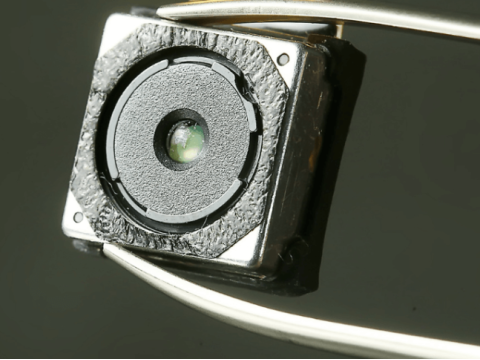How to Install Hidden Surveillance Cameras
Setting up a hidden surveillance system involves careful planning and technical precision. Whether for security, monitoring, or specialized purposes, these systems require specific steps to ensure discreet functionality.
Key Steps for Installing Hidden Surveillance Systems
Camera Placement
Hidden cameras, particularly those with pin-hole lenses, are ideal for discreet installations. These cameras are compact and easily concealed in various structures, such as walls, ceilings, or everyday objects.Challenges:
- Preparing installation areas (drilling, cutting, and patching walls).
- Ensuring proper cooling to prevent overheating.
- Achieving the correct viewing angle without easy adjustments later.
- Performing maintenance or replacements if the camera malfunctions.
Pro Tip: When using drywall or panel materials, consider pre-cut slots for easier installation and servicing.
Wiring Setup
Hidden wiring is crucial to maintain the discreet nature of the system. Options include:- Behind Wall Panels: Use existing voids or remove panels to hide cables.
- In Walls: Create grooves (chases) in walls for wiring and cover them post-installation.
- Ceilings: Leverage drop ceilings or other overhead structures to conceal cables.
Considerations:
- Plan wiring routes during renovation or construction for easier integration.
- Use small, easily concealable holes to minimize visible disruptions.
Wireless Hidden Cameras
Wireless cameras simplify some wiring issues but still require power. Consider these points:- Concealing the power supply cables remains essential.
- Antennas for wireless transmission may need to be disguised.
- Opt for cameras that can blend into their surroundings, such as those camouflaged in smoke detectors or wall clocks.
Recording Devices and Storage
Concealing DVRs or storage devices is critical for a truly hidden setup. Options include:- Storing equipment in secure, locked rooms.
- Concealing devices within furniture or other inconspicuous objects.
Challenges:
- Maintaining easy access for footage retrieval.
- Ensuring adequate ventilation for larger devices.
Best Practices for Hidden Surveillance Systems
Plan During Renovation
Installing hidden systems during construction or remodeling ensures better integration without disrupting finished spaces.Blend Equipment with Décor
Use everyday objects to hide cameras and antennas, such as bookshelves, clocks, or vents.Power Backup
Include an uninterruptible power supply (UPS) to ensure continuous operation, even during power outages.Legal and Ethical Considerations
Confirm the legality of hidden surveillance in your region and avoid installing systems in areas where individuals have an expectation of privacy.
Conclusion
Installing hidden surveillance systems requires strategic planning and technical knowledge to achieve discretion and functionality. By carefully considering camera placement, wiring routes, and recording device locations, you can create an effective monitoring system without disrupting the aesthetic or security of your property.

